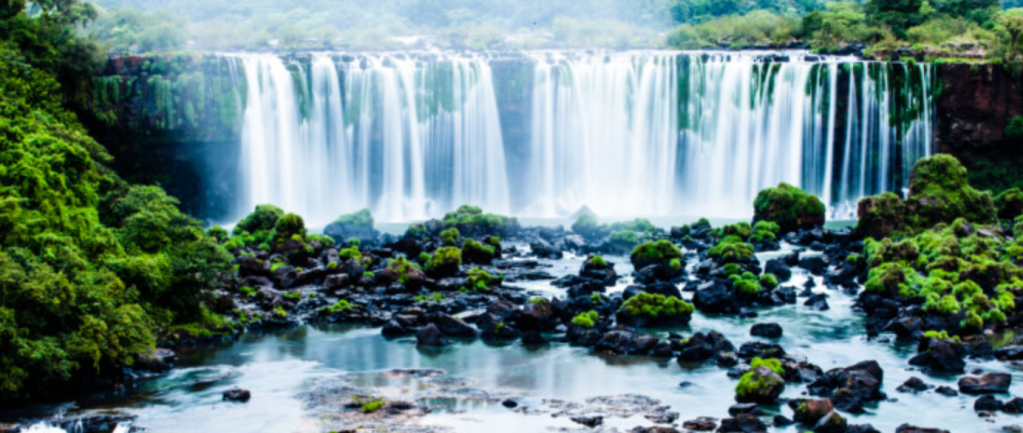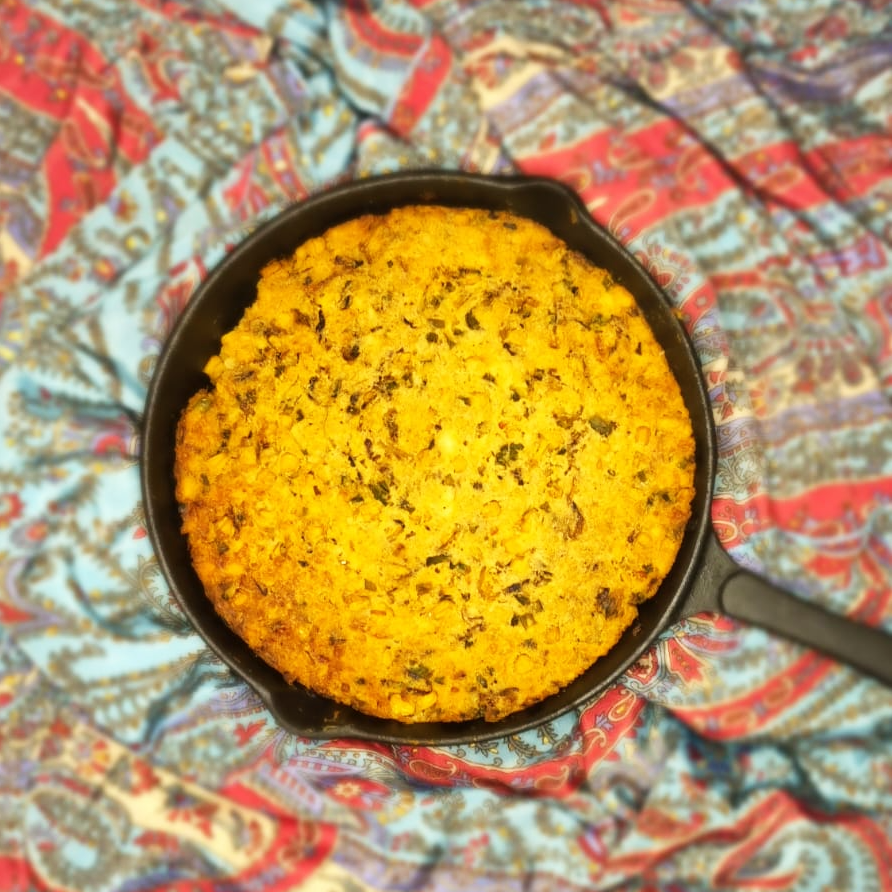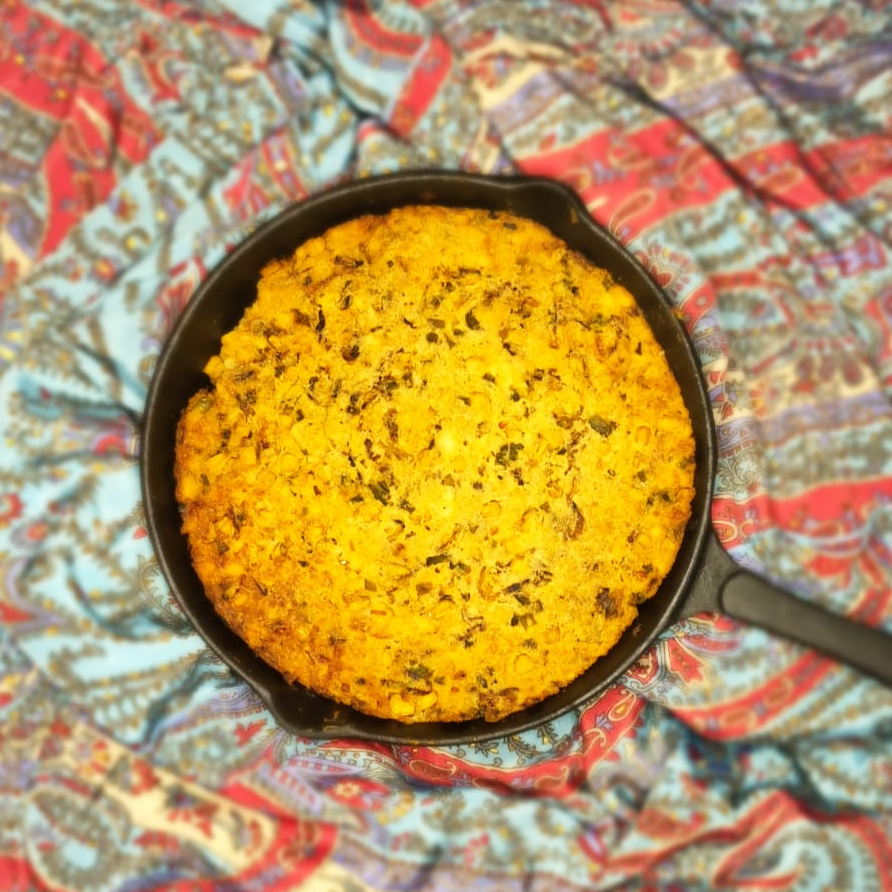Paraguay is like the little sister everyone forgot about. Be honest; it is not the first country you think about when someone says they are taking a trip to South America. It is surrounded by flamboyant siblings like Brazil and Argentina. Paraguay is a landlocked country in the heart of South America. Despite being a dwarf among giants, Paraguay has its own identity, both culturally and geographically. For instance, Paraguay is home to some uncontacted indigenous tribes living in the remote areas of the Chaco region. These tribes are protected by law, and efforts are made to preserve their isolation. That, to me, is WILD! That there are tribes out there that barely have any connection to the modern world. The national languages of Paraguay are Spanish and Guarani. Guarani is one of the best surviving native languages of South America, and almost 94% of the population still speaks Guarani. So, almost the entire population is bilingual.

Things you didn’t know about Paraguay:
- Paraguayans are avid consumers of mate, a traditional South American beverage made by steeping dried leaves from the yerba mate plant. Drinking mate is a social activity, and it’s common to see people sharing mate in a group.
- Paraguayans have a unique way of waiting in line known as “Che Filá.” Instead of forming a single-file line, people stand in a cluster, and when a space opens up at the front, individuals move forward to fill it.
- The Itaipu Dam, located on the Paraná River and shared with Brazil, is one of the largest hydroelectric power plants in the world. It generates a substantial portion of both Paraguay’s and Brazil’s electricity.
- Despite being a landlocked country, Paraguay boasts having one of the largest navies in South America. This is due to the country having several rivers, including the Paraguay River, which is navigable.
- Paraguay is the only country where the frontside of flag is different from the back side of the flag. On the front you can find a yellow star surrounded by an olive branch and the words Republica Del Paraguay, and on the back side you can find the seal of the treasure chest.
Despite sounding like this is a soup, it is not a soup. It is however a delicious type of cheesy cornbread which is very popular in Paraguay. You can have it for breakfast, lunch or as a side at dinner, also it is so damn easy to make!

Ingredients:
- 1 tablespoon (14g) butter
- 1 tablespoon (14g) corn or vegetable oil
- 4 diced onions
- 1/4 cup (43g) diced green bell pepper
- 1 diced red chilipepper
- 1 1/2 cups (248g) yellow cornmeal
- 1 cup (227g) milk
- 2 tablespoons (25g) granulated sugar
- 1/2 cup (113g) cottage cheese, low-fat or nonfat are fine
- 2 large eggs
- 1 teaspoon table salt
- 1/4 to 1/2 teaspoon coarsely ground black pepper, to taste
- 2 teaspoons baking powder
- 1 1/2 cups fresh (227g) or frozen (184g) corn kernels
- 1 cup (113g) grated cheese
Recipe:
- Preheat your oven to 190°C and prepare your baking dish, whether it’s a greased 9″ x 9″ pan (at least 2″ deep), a shallow 2-quart casserole dish, or a 10″ cast-iron skillet (at least 2″ deep).
- In a medium skillet over medium heat, melt the butter and add the oil. Sauté the onions until they become translucent, stirring occasionally. If you chose to use the cast-iron skillet for baking, you can use it for sautéing the vegetables as well.
- Add the peppers to the skillet and cook for about a minute. Remove the skillet from heat and allow the mixture to cool to room temperature. If you’re planning to use the same skillet for baking the bread, transfer the sautéed vegetables to a separate container. No need to wash the pan; just wipe away any residual bits of stuck-on the bottom.
- In a big bowl, mix together the cornmeal and milk.
- Mix in the sugar, cottage cheese, eggs, salt, pepper, and baking powder into the cornmeal and milk mixture.
- Blend in the corn kernels and the cooled onion mixture.
- Incorporate the cheese into the batter, and then transfer it to the prepared pan. If you’re using the same skillet used for sautéing the vegetables, grease it once more using non-stick vegetable oil pan spray or shortening.
- Bake for 40 to 45 minutes (for a 9″ x 9″ pan) or 30 to 35 minutes (for a 10″ cast-iron skillet) until the center feels set when lightly touched with your finger, and the edges are just beginning to brown.
- Take it out of the oven, cut into squares or wedges, and serve warm.



Leave a comment